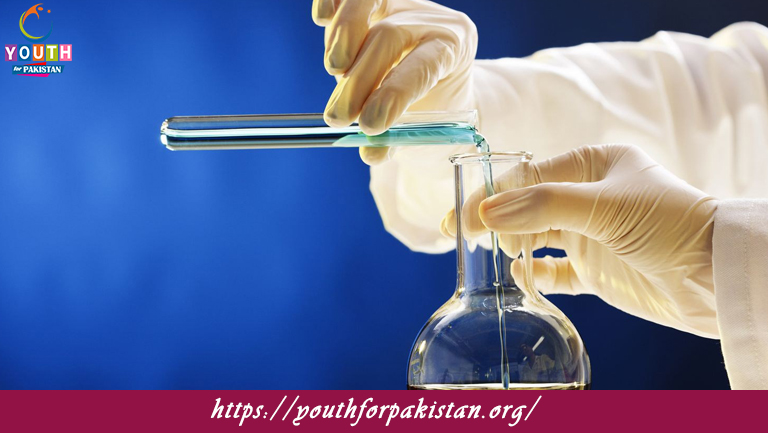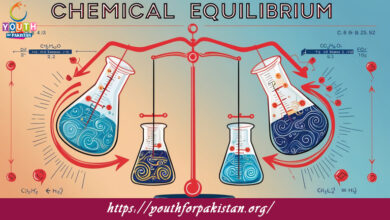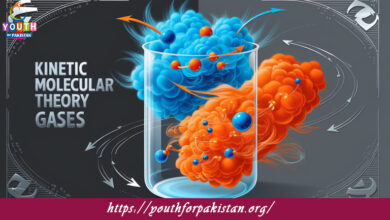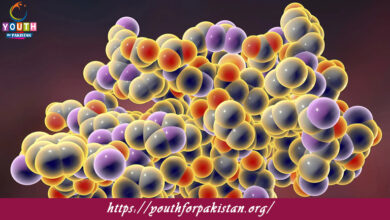Le Chatelier’s Principles MDCAT Quiz with Answers

Le Chatelier’s Principles MDCAT Quiz are a core concept in chemistry, describing how systems at equilibrium respond to changes in concentration, temperature, or pressure. It is very critical for MDCAT students to understand Le Chatelier’s Principle as it forms the basis for learning chemical equilibrium—a big topic that comes in the exam. The application of this principle helps in the prediction of the direction of a reaction in case the system is disturbed. MDCAT Quiz questions most often focus on Le Chatelier’s Principle and test the application of these concepts in real life.
Understanding Le Chatelier’s Principles
Le Chatelier’s Principle states that if a system at equilibrium experiences a change in conditions, the system will adjust to counteract that change. For example, if the concentration of one of the reactants or products is altered, the system will shift in the direction that restores balance. This is a crucial concept for MDCAT Quiz preparation, as questions may ask how equilibrium shifts when variables like pressure or temperature change.
Flascards Le Chatelier’s Principle in Practice
In practice, Le Chatelier’s Principle has a very broad range of applications in the forecast of industrial process outcomes and biological systems. Free Flashcard resources will help you memorize quickly the various shifts in the equilibrium conditions, helping to grasp this important principle of the MDCAT exam. It would be good to look through common examples and try to apply them in many different scenarios.

Le Chatelier’s Principle states that if a system at equilibrium is disturbed, the system will shift to __________.

According to Le Chatelier's Principle, an increase in temperature favors the __________ reaction in an endothermic process.

If the temperature of an exothermic reaction is increased, the equilibrium will shift to the __________.

When a system is at equilibrium and the concentration of a reactant is increased, the system will shift towards __________.

When an external change is applied to a system, Le Chatelier’s Principle helps predict the __________.

Le Chatelier’s Principle suggests that if heat is added to an endothermic reaction, the equilibrium will shift __________.

If a system at equilibrium experiences a change in pressure, the shift will occur to reduce __________.

According to Le Chatelier’s Principle, adding more of a product will shift the equilibrium towards __________.

A system at equilibrium will shift to the side with __________ when temperature is increased in an endothermic reaction.
Experience the real exam environment with our expertly designed collection of over 25,000 MCQs MDCAT Mock Tests.





